Home>Maintenance & Safety>Child & Elderly Safety at Home>What Are The Height And Weight Requirements For A Booster Seat In Indiana?
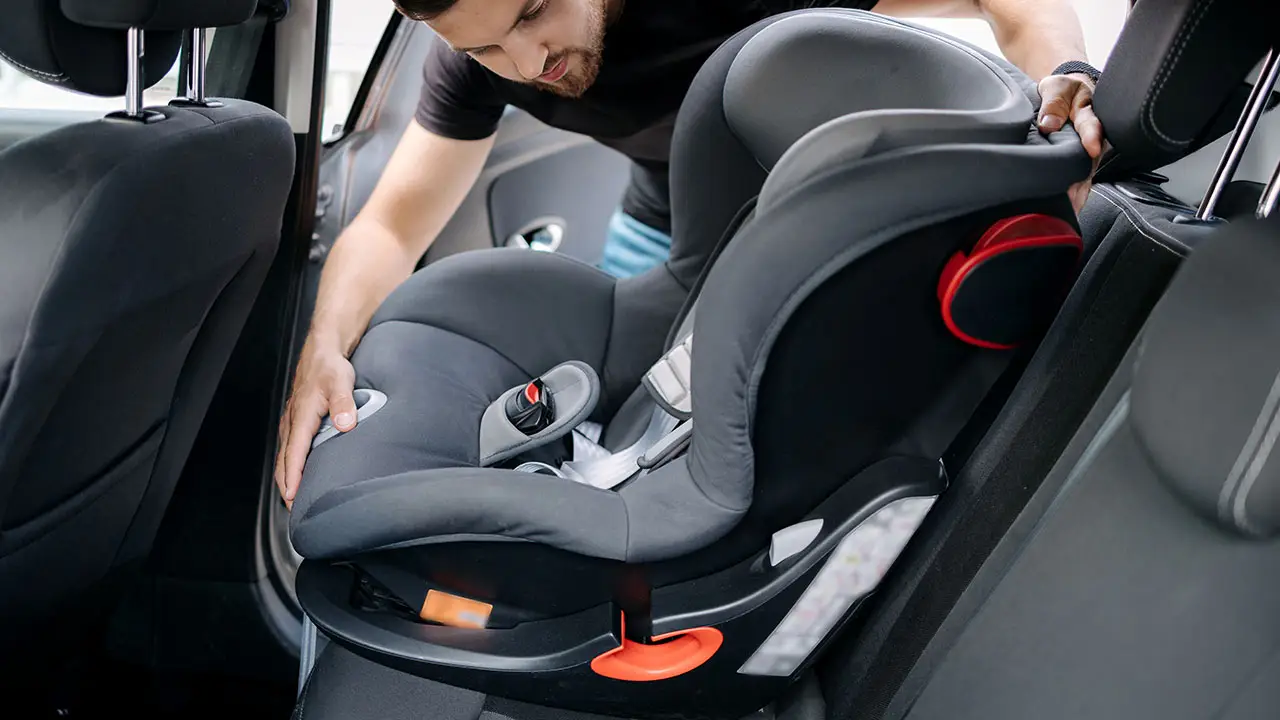

Child & Elderly Safety at Home
What Are The Height And Weight Requirements For A Booster Seat In Indiana?
Modified: February 29, 2024
Learn about the height and weight requirements for booster seats in Indiana to ensure child and elderly safety at home. Understand the regulations to keep your loved ones safe on the road.
(Many of the links in this article redirect to a specific reviewed product. Your purchase of these products through affiliate links helps to generate commission for Storables.com, at no extra cost. Learn more)
Introduction
Ensuring the safety of children while traveling in vehicles is a top priority for parents and caregivers. In Indiana, as in many other states, specific laws and guidelines are in place to protect young passengers. Understanding the height and weight requirements for booster seats is crucial for safeguarding children during car journeys. By adhering to these regulations, parents can provide their children with the necessary protection and reduce the risk of injuries in the event of a collision.
The state of Indiana has implemented booster seat laws to enhance the safety of children in motor vehicles. These laws are designed to address the unique safety needs of children who have outgrown traditional car seats but are not yet ready to use adult seat belts alone. By utilizing booster seats, children can be properly positioned to benefit from the protection offered by vehicle safety restraints.
In this comprehensive guide, we will delve into the specific height and weight requirements for booster seats in Indiana. By understanding these regulations, parents and caregivers can make informed decisions when selecting and using booster seats for their children. Additionally, we will explore the importance of choosing the right booster seat to ensure optimal safety for young passengers. Let's embark on this journey to gain a deeper understanding of Indiana's booster seat laws and how they contribute to the well-being of our precious little ones.
Key Takeaways:
- Indiana requires children under 8 or under 4 feet 9 inches to use a booster seat for car safety. It’s like a special cushion that helps kids fit the seat belt properly and stay safe in the car.
- Parents should choose a booster seat based on their child’s height, weight, safety features, comfort, and durability. This helps keep kids safe and comfortable during car rides.
Indiana Booster Seat Laws
In Indiana, the booster seat laws are in place to protect young passengers by ensuring that they are adequately secured while traveling in motor vehicles. These laws mandate the use of booster seats for children who have outgrown traditional car seats but are not yet tall enough to use adult seat belts safely. The primary goal of these regulations is to reduce the risk of injuries to children in the event of a car accident.
According to Indiana law, children under the age of 8 are required to be properly restrained in a federally approved child safety seat. This includes booster seats, which are specifically designed to elevate children to a height where adult seat belts can provide effective protection. Additionally, children under the age of 8 must be seated in the rear of the vehicle, unless the vehicle does not have a rear seat or the rear seats are already occupied by other children under the age of 7.
It's important to note that the specific requirements for booster seat usage in Indiana are based on both age and size. Children who are at least 8 years old but have not yet reached the height of 4 feet 9 inches are also required to be secured in a booster seat. This ensures that the vehicle's seat belt fits them properly, providing optimal protection in the event of a collision.
Indiana's booster seat laws are aligned with national safety recommendations, emphasizing the importance of using booster seats to protect children who have outgrown traditional car seats but are not yet ready for adult seat belts. By complying with these laws, parents and caregivers can contribute to the safety and well-being of young passengers, reducing the risk of injuries and ensuring a secure travel experience for children in Indiana.
These laws serve as a crucial reminder of the significance of proper child restraint systems, highlighting the responsibility of adults to prioritize the safety of young passengers while traveling in motor vehicles. By understanding and adhering to Indiana's booster seat laws, parents and caregivers can play a pivotal role in safeguarding children and promoting safe transportation practices throughout the state.
Height Requirements for Booster Seats in Indiana
In Indiana, the height requirements for booster seats play a crucial role in ensuring the safety of young passengers during car journeys. Children who have outgrown traditional car seats but are not yet tall enough to use adult seat belts require the protection and proper positioning provided by booster seats. Understanding the specific height guidelines is essential for parents and caregivers to make informed decisions regarding the safety of their children while traveling in motor vehicles.
According to Indiana law, children who are under the age of 8 or at least 8 years old but have not yet reached the height of 4 feet 9 inches are required to be secured in a booster seat. This height threshold is significant as it indicates when a child can safely transition from a booster seat to using adult seat belts alone. By using a booster seat, children are elevated to a height where the vehicle's seat belt can effectively provide protection in the event of a collision.
The 4 feet 9 inches height requirement aligns with national safety recommendations and standards, emphasizing the importance of ensuring that a child can be properly restrained by the vehicle's seat belt. At this height, the seat belt is more likely to fit the child correctly, positioning it across the strongest parts of the body and reducing the risk of injury in the event of sudden braking or a collision.
It's important for parents and caregivers to regularly assess their child's height to determine when they meet the minimum height requirement for transitioning out of a booster seat. This proactive approach allows for a smooth and safe transition, ensuring that the child is adequately protected by the vehicle's seat belt without the need for a booster seat.
By understanding and adhering to the height requirements for booster seats in Indiana, parents and caregivers can play a proactive role in safeguarding their children during car journeys. This knowledge empowers them to make informed decisions about when to transition their child out of a booster seat, promoting safe and secure travel experiences for young passengers throughout the state.
In summary, the height requirements for booster seats in Indiana serve as a vital component of the state's efforts to enhance child safety in motor vehicles. By ensuring that children meet the specified height threshold before transitioning out of a booster seat, parents and caregivers can contribute to the overall safety and well-being of young passengers, reducing the risk of injuries and promoting responsible transportation practices.
Weight Requirements for Booster Seats in Indiana
In Indiana, the weight requirements for booster seats are integral to ensuring the safety of young passengers during car journeys. These requirements are designed to address the unique safety needs of children who have outgrown traditional car seats but are not yet ready to use adult seat belts alone. By understanding the specific weight guidelines, parents and caregivers can make informed decisions regarding the safety of their children while traveling in motor vehicles.
According to Indiana law, children who are under the age of 8 or at least 8 years old but have not yet reached the weight of 40 pounds are required to be secured in a booster seat. This weight threshold is significant as it indicates when a child can safely transition from a booster seat to using adult seat belts alone. By utilizing a booster seat, children are positioned to benefit from the protection offered by the vehicle's seat belt, ensuring their safety in the event of a collision.
The 40-pound weight requirement aligns with national safety recommendations and standards, emphasizing the importance of ensuring that a child's weight is sufficient for the vehicle's seat belt to provide effective restraint. At this weight, the seat belt is more likely to fit the child correctly, securing them in a manner that reduces the risk of injury during sudden braking or a collision.
It's essential for parents and caregivers to monitor their child's weight regularly to determine when they meet the minimum weight requirement for transitioning out of a booster seat. This proactive approach allows for a smooth and safe transition, ensuring that the child is adequately protected by the vehicle's seat belt without the need for a booster seat.
By understanding and adhering to the weight requirements for booster seats in Indiana, parents and caregivers can play a proactive role in safeguarding their children during car journeys. This knowledge empowers them to make informed decisions about when to transition their child out of a booster seat, promoting safe and secure travel experiences for young passengers throughout the state.
In summary, the weight requirements for booster seats in Indiana are a crucial component of the state's efforts to enhance child safety in motor vehicles. By ensuring that children meet the specified weight threshold before transitioning out of a booster seat, parents and caregivers can contribute to the overall safety and well-being of young passengers, reducing the risk of injuries and promoting responsible transportation practices.
Choosing the Right Booster Seat for Your Child
Selecting the right booster seat for your child is a crucial decision that directly impacts their safety and well-being during car journeys. With a wide range of options available, it's essential to consider several factors to ensure that the chosen booster seat provides optimal protection and comfort for your child.
Consider Your Child's Height and Weight
When choosing a booster seat, it's important to consider your child's height and weight to ensure that the seat is suitable for their size. Different booster seats are designed to accommodate varying height and weight ranges, so selecting one that aligns with your child's measurements is essential. By adhering to the height and weight requirements specified by Indiana law, you can ensure that the booster seat provides the necessary support and protection for your child.
Evaluate Safety Features
Examine the safety features of the booster seat to determine its effectiveness in safeguarding your child. Look for features such as adjustable harness systems, side-impact protection, and energy-absorbing foam, which enhance the seat's ability to mitigate the impact of a collision. Additionally, ensure that the booster seat meets federal safety standards and has been thoroughly tested for crash performance.
Assess Comfort and Fit
Prioritize your child's comfort by selecting a booster seat that offers adequate padding, adjustable headrests, and breathable fabric. A comfortable booster seat encourages your child to remain properly positioned throughout the journey, enhancing their overall safety. Additionally, ensure that the booster seat fits securely in your vehicle and can be installed and adjusted easily to accommodate your child's size.
Explore Installation Options
Consider the installation options for the booster seat, whether it utilizes the vehicle's seat belt or features a latch system. Choose a booster seat with clear and user-friendly installation instructions, ensuring that it can be securely and correctly installed in your vehicle. Proper installation is essential for maximizing the seat's protective capabilities and ensuring your child's safety.
Read more: What Are The Requirements For A Booster Seat
Seek Long-Term Durability
Opt for a booster seat that exhibits long-term durability, as it will likely be used for an extended period. Selecting a high-quality seat with durable materials and a robust construction ensures that it can withstand regular use and provide reliable protection for your child over time.
By carefully considering these factors and conducting thorough research, you can make an informed decision when choosing the right booster seat for your child. Prioritizing safety, comfort, and durability will enable you to select a booster seat that offers optimal protection and enhances the overall travel experience for your young passenger.
Conclusion
In conclusion, understanding the height and weight requirements for booster seats in Indiana is paramount for ensuring the safety of young passengers during car journeys. By adhering to the specific regulations outlined by Indiana law, parents and caregivers can play a proactive role in safeguarding their children and reducing the risk of injuries in the event of a collision.
The height requirement of 4 feet 9 inches serves as a crucial threshold for determining when a child can safely transition from a booster seat to using adult seat belts alone. This guideline aligns with national safety recommendations and emphasizes the importance of ensuring that a child can be properly restrained by the vehicle's seat belt. By meeting this height requirement, children are positioned to benefit from the protection offered by the seat belt, reducing the likelihood of injury during sudden braking or a collision.
Similarly, the weight requirement of 40 pounds signifies when a child can safely transition out of a booster seat. This threshold aligns with national safety standards and emphasizes the importance of ensuring that a child's weight is sufficient for the vehicle's seat belt to provide effective restraint. By meeting this weight requirement, children can be securely restrained by the seat belt, contributing to their overall safety during car journeys.
Choosing the right booster seat for a child involves considering various factors, including their height, weight, safety features, comfort, fit, installation options, and long-term durability. By prioritizing these aspects, parents and caregivers can make informed decisions when selecting a booster seat, ensuring that it provides optimal protection and enhances the overall travel experience for young passengers.
In essence, Indiana's booster seat laws and requirements are designed to promote the safety and well-being of children in motor vehicles. By understanding and adhering to these regulations, parents and caregivers can contribute to the reduction of injuries and the promotion of responsible transportation practices throughout the state. Prioritizing the safety of young passengers by utilizing appropriate booster seats is a fundamental aspect of ensuring secure and enjoyable travel experiences for children in Indiana.
Frequently Asked Questions about What Are The Height And Weight Requirements For A Booster Seat In Indiana?
Was this page helpful?
At Storables.com, we guarantee accurate and reliable information. Our content, validated by Expert Board Contributors, is crafted following stringent Editorial Policies. We're committed to providing you with well-researched, expert-backed insights for all your informational needs.


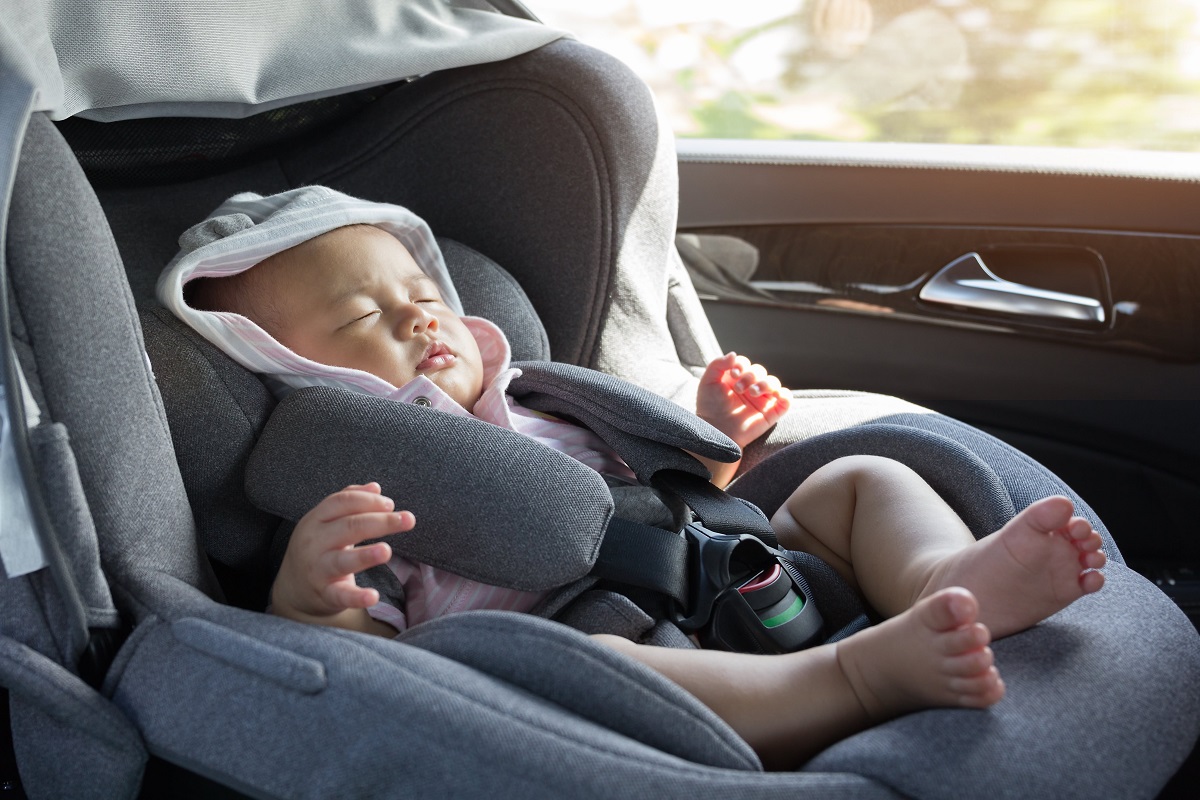
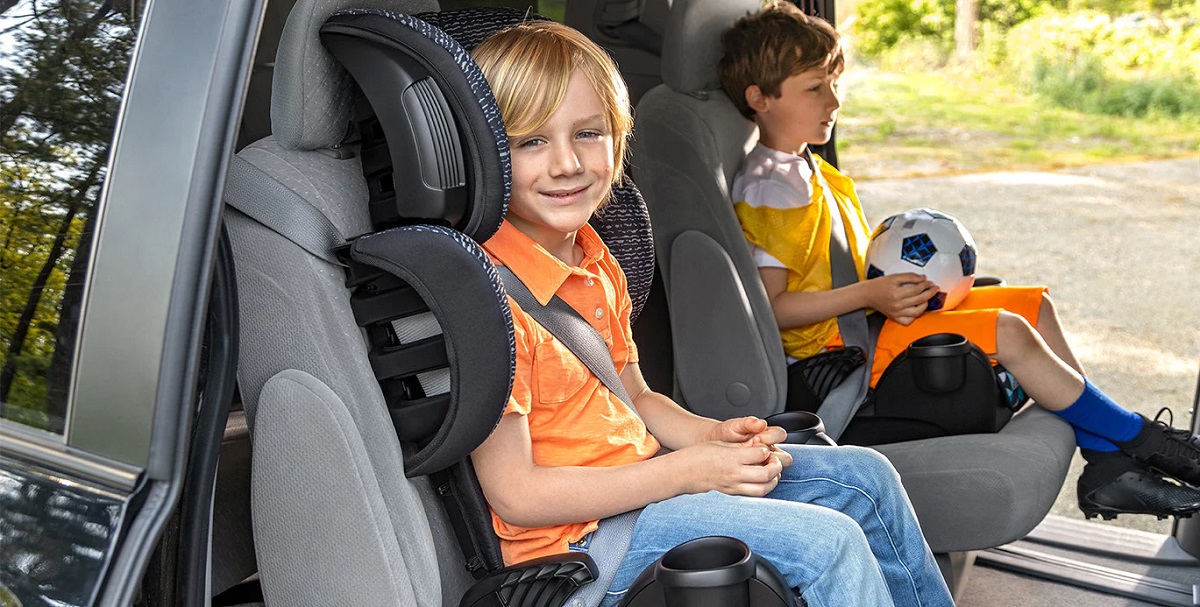
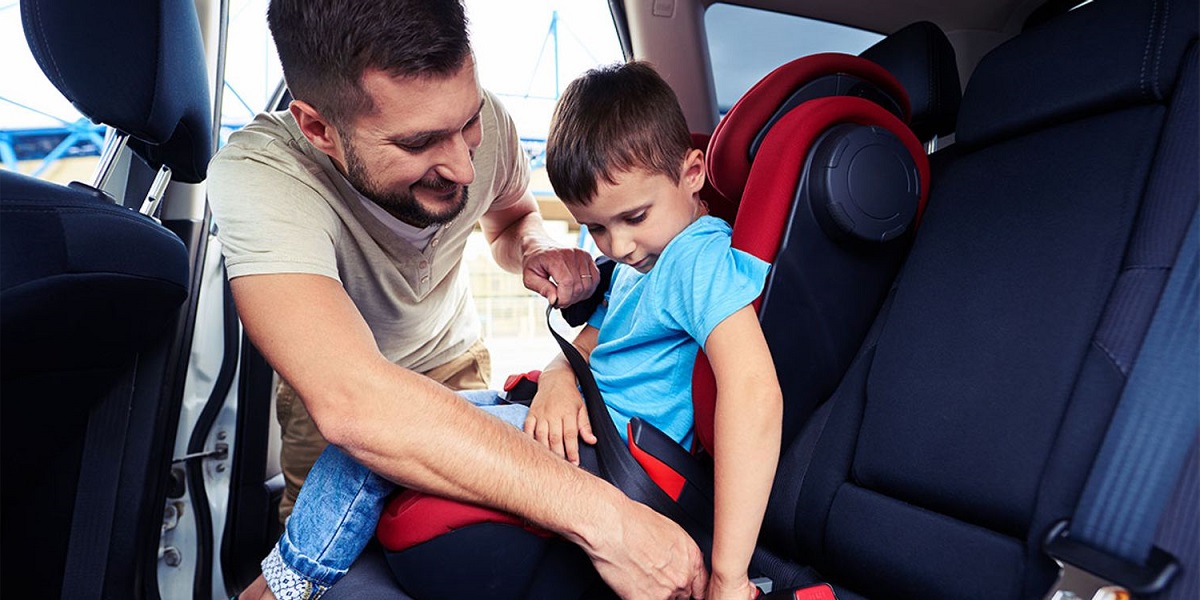

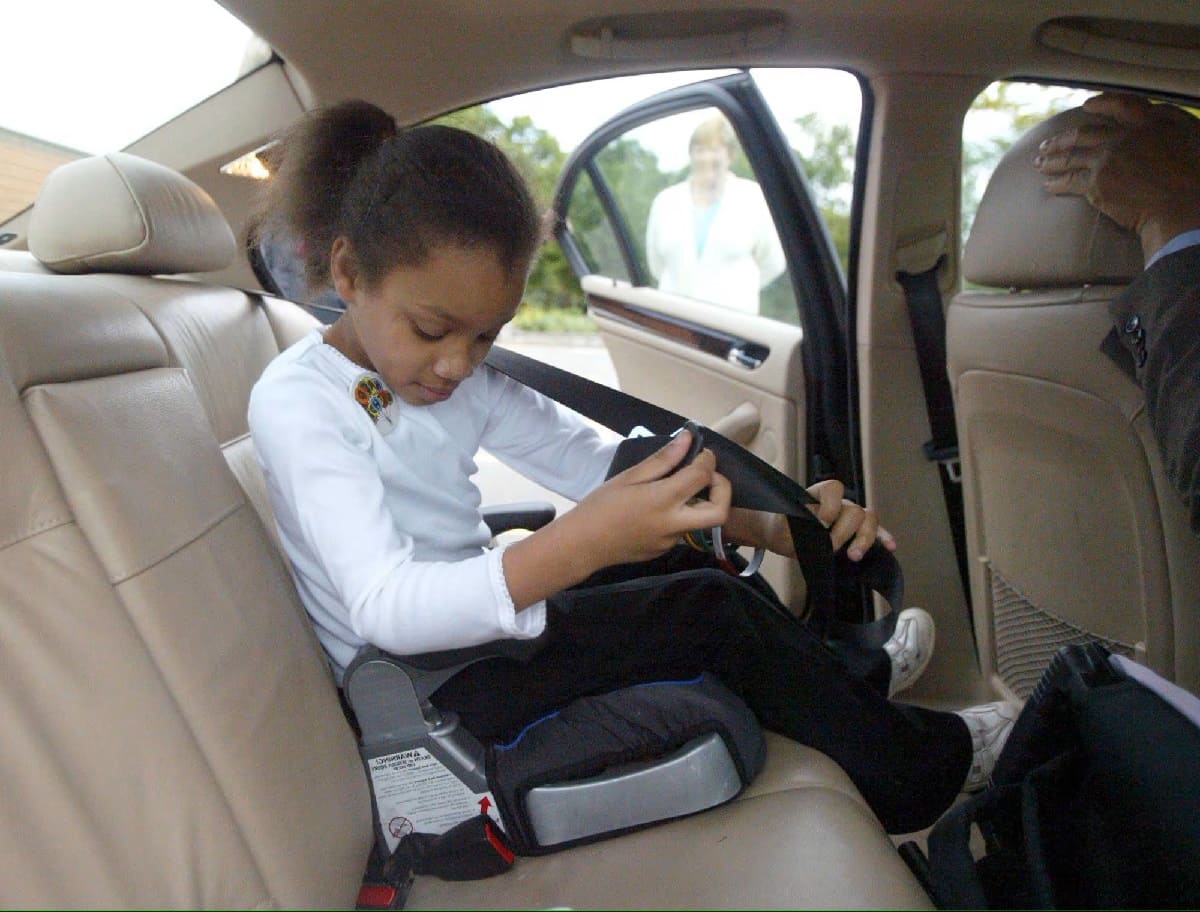

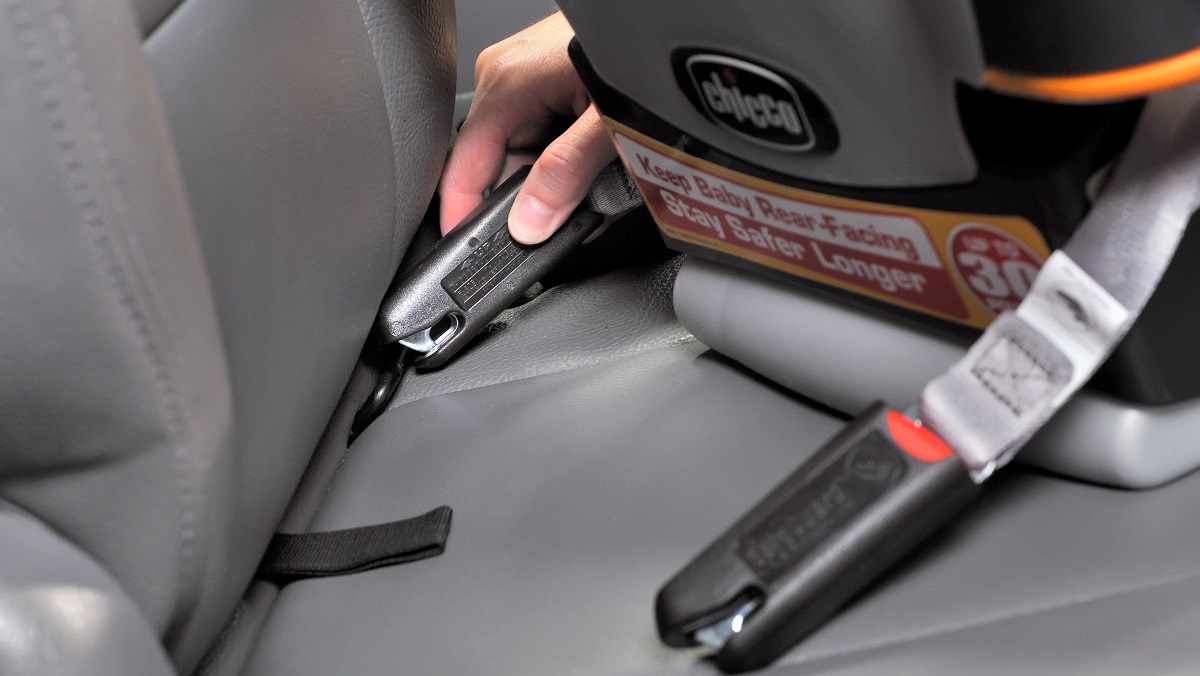
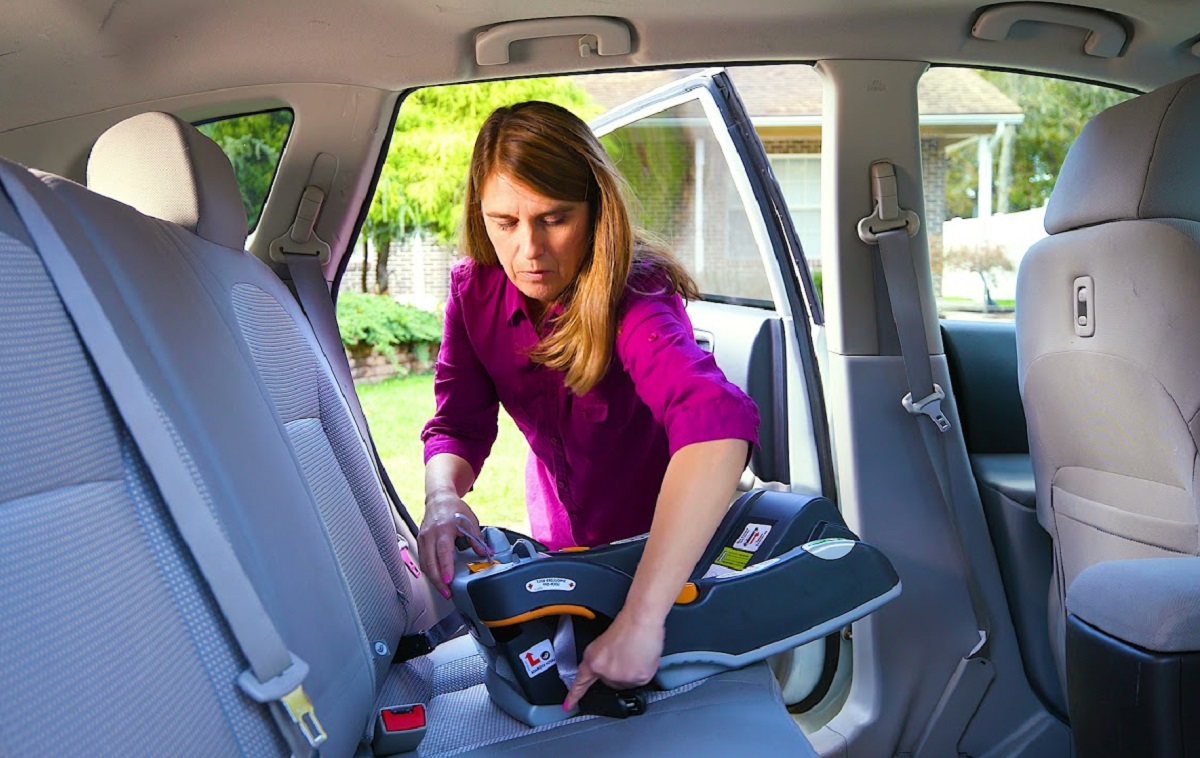

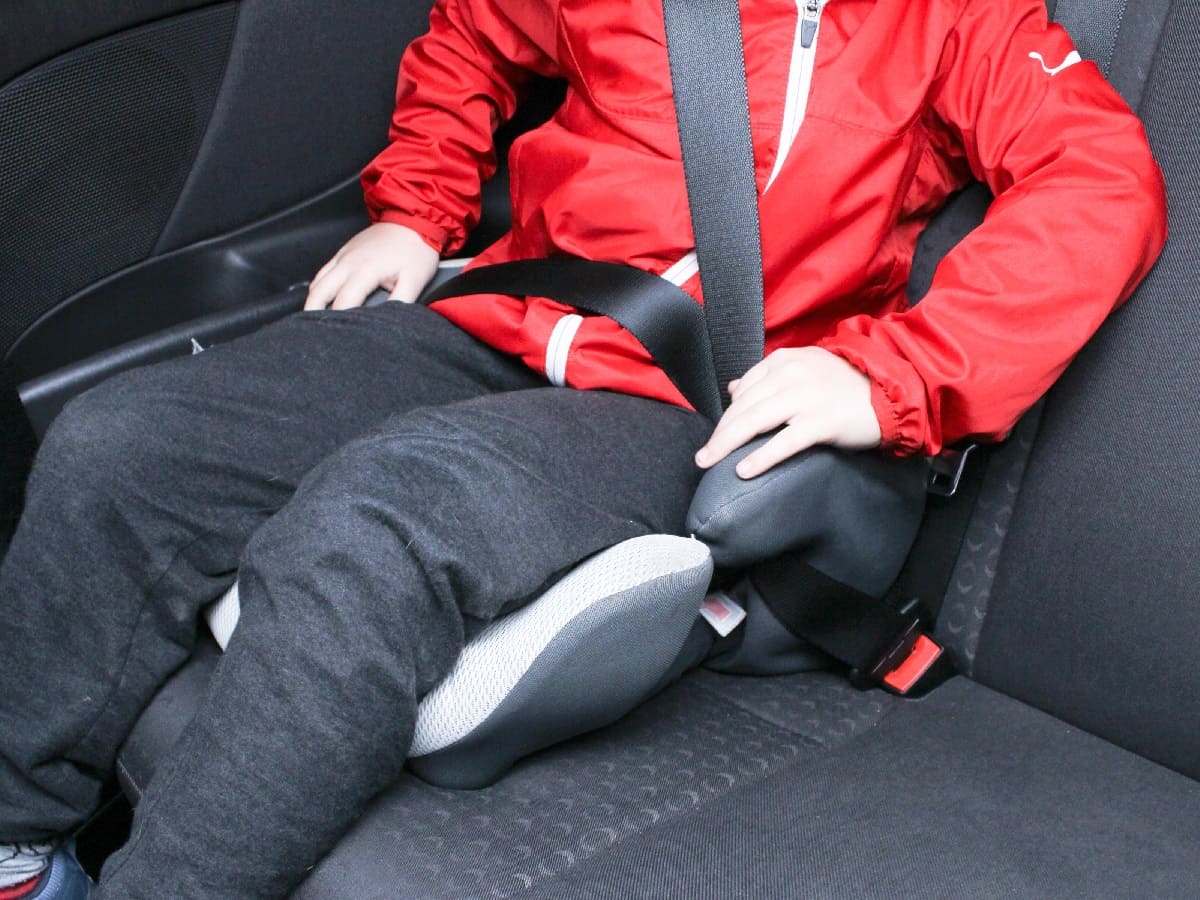
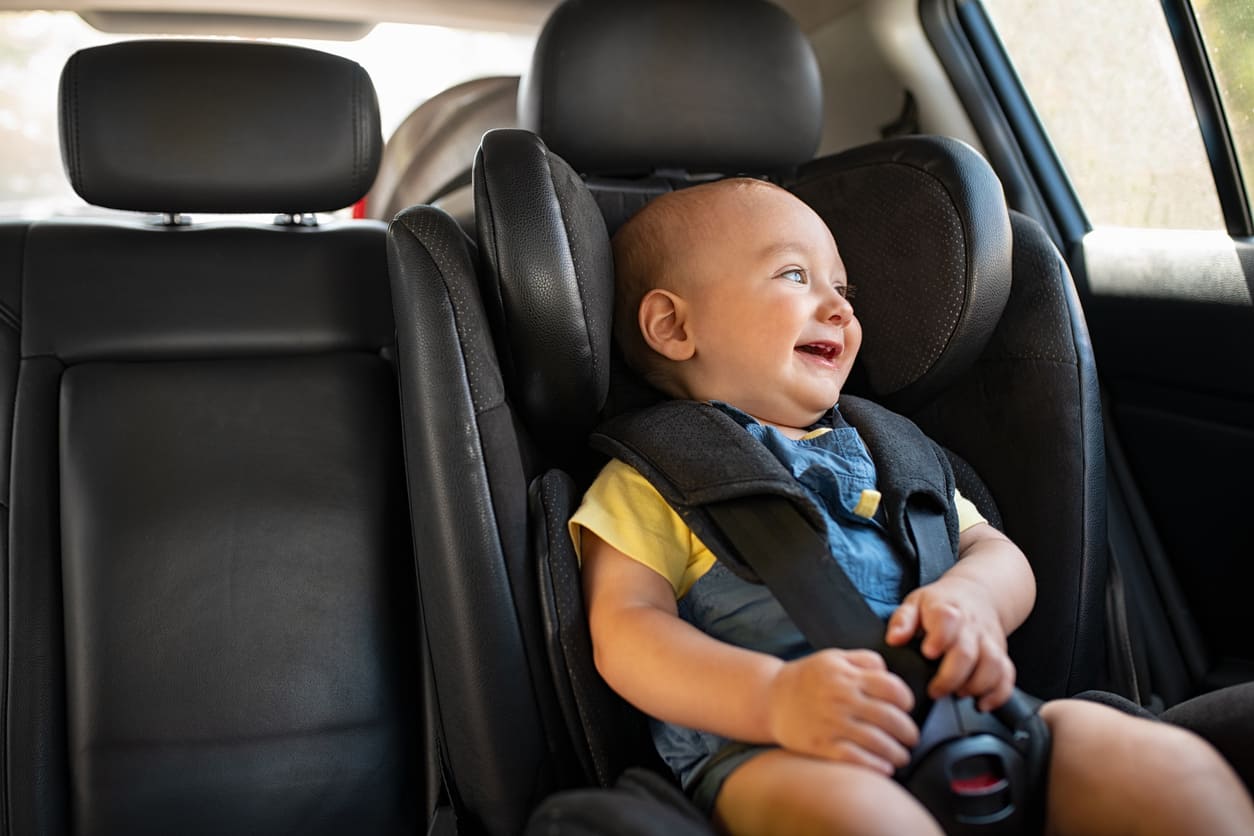

0 thoughts on “What Are The Height And Weight Requirements For A Booster Seat In Indiana?”